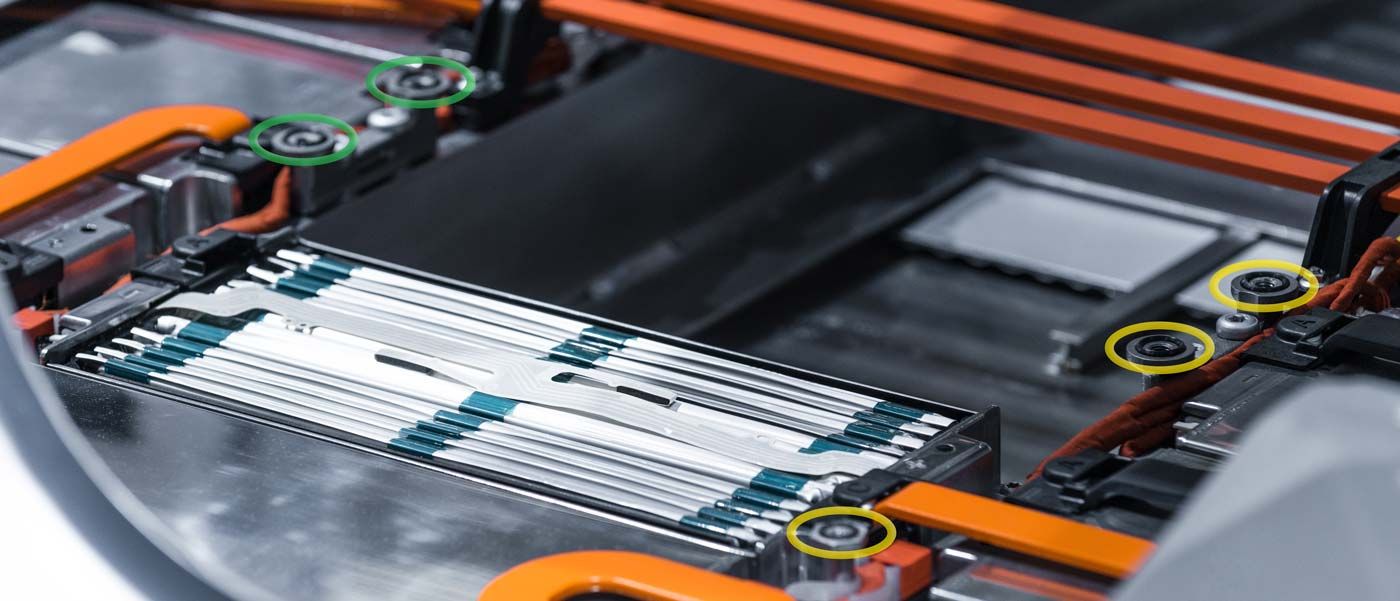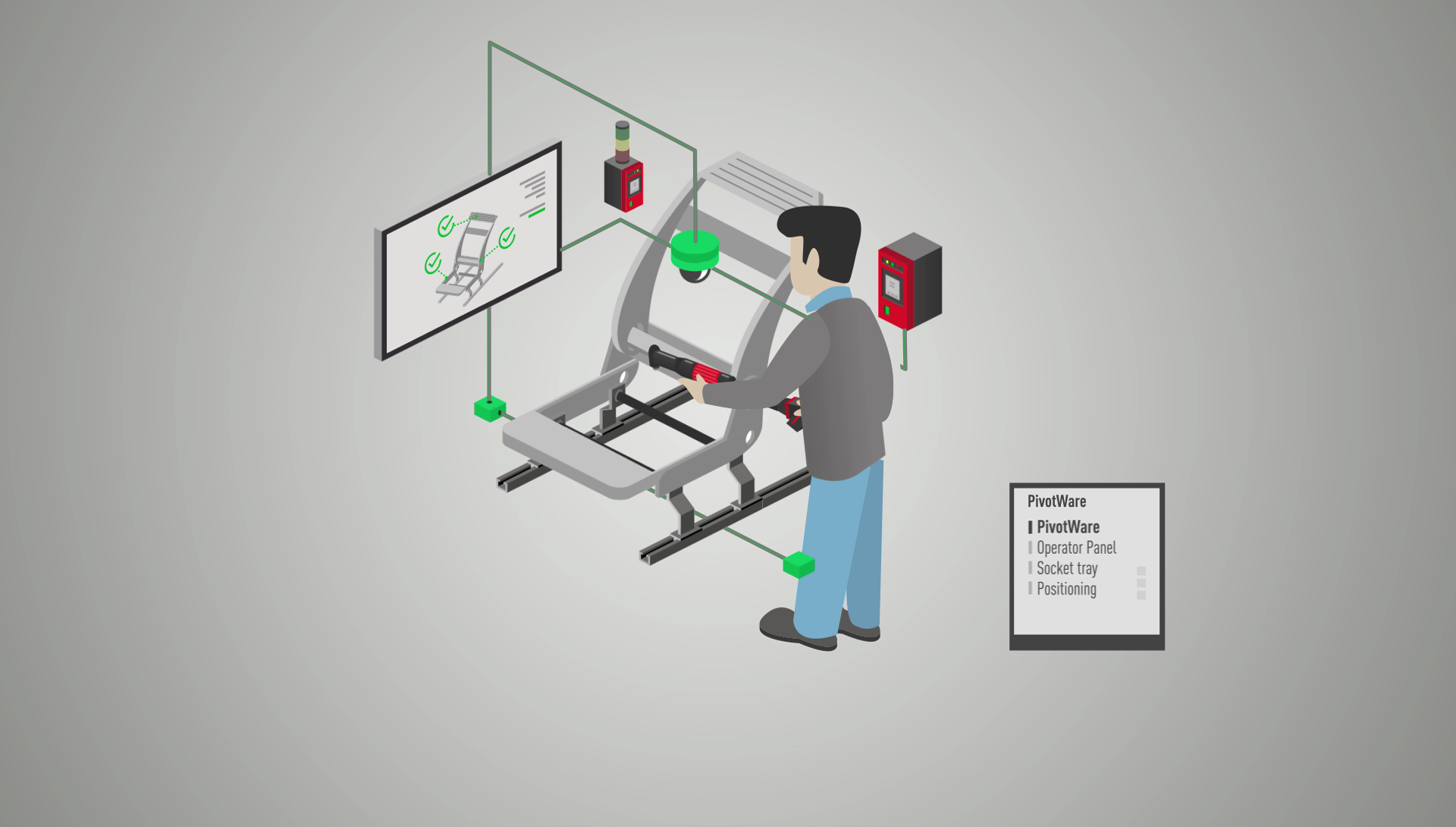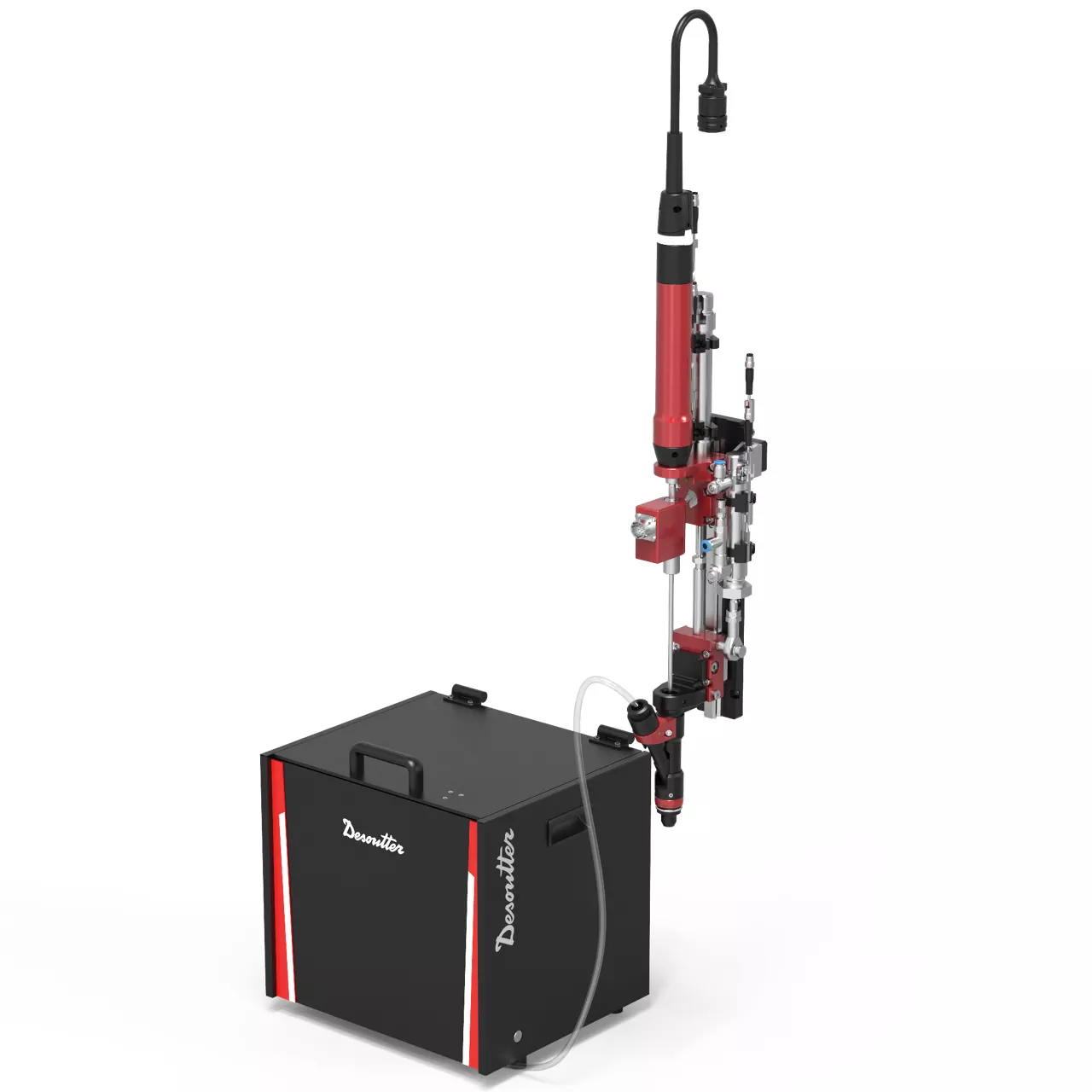Boost productivity and stay ahead with our Guide to Smart Manufacturing on your Assembly Line.
Discover strategies for Data-driven Processes, Total Traceability, efficient Tool Management, Light automation, and more. Explore Desoutter's ECOSYSTEM for expert solutions.
Boosting productivity and working smarter are key to maintaining a competitive edge. Introducing Smart Manufacturing Processes that evolve with your business over time can deliver the agility you need to rebalance production processes in response to market fluctuations, and the flexibility to quickly adopt new technologies and implement better ways of working. Industry 4.0 sets out the principles of smart manufacturing but turning that theory into reality in a busy production environment can be challenging. Manufacturers need practical ways to harness and apply the potential of Industry 4.0 to improve operational efficiency, eliminate rework and improve margins. This includes the ability to plan, design and continuously improve individual processes at any time.
So how can connectivity, the internet of things (IoT), data mining and seamless integration be applied to deliver big benefits for your business? The key is to build up gradually, until you have a smart production ecosystem that encompasses everything from smart assembly tools to powerful data analytics.
Here are Desoutter’s top tips for developing smart assembly lines that are scalable, adaptable and future-proofed.



